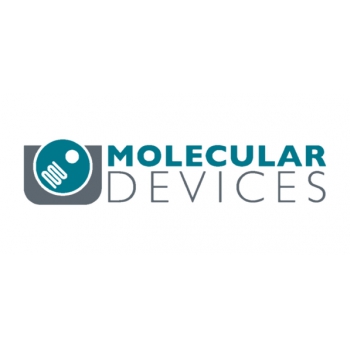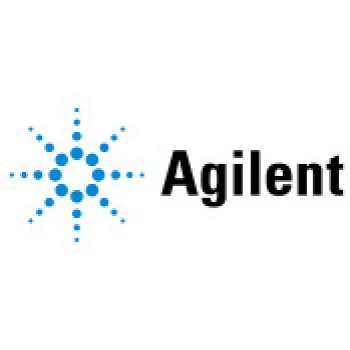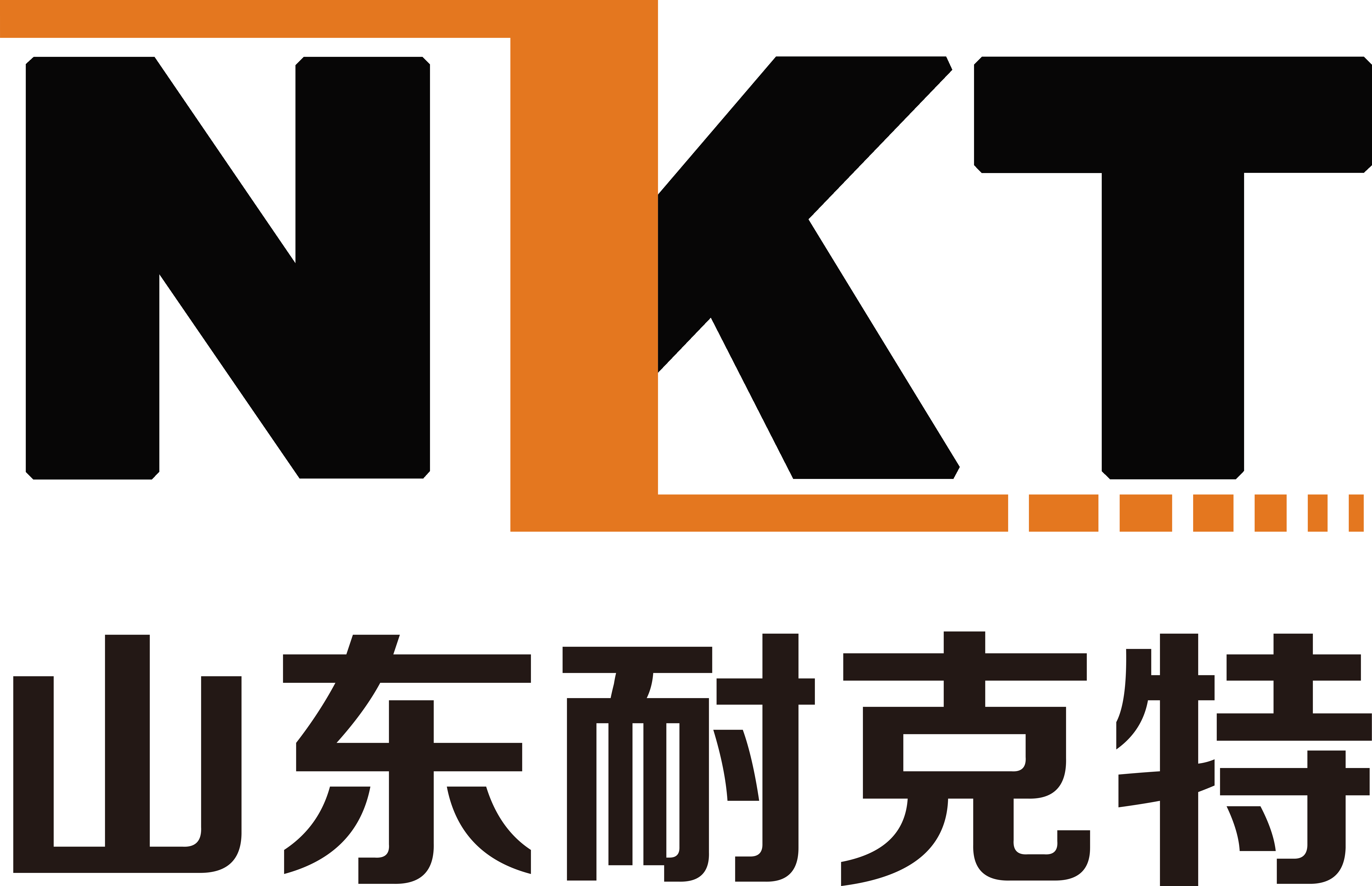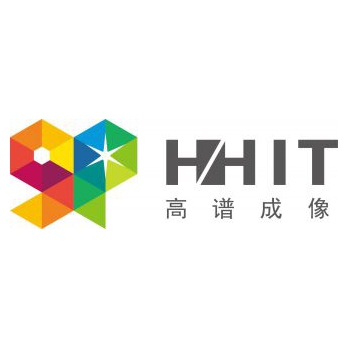【會議預告】Molecular Devices 與您相約全球再生醫學研發創新與類器官研究峰會 2024
先進療法創新峰會
作為一種新型的藥物篩選和藥敏檢測模型,類器官應用在近兩年初露鋒芒。在疾病建模,抗癌藥物篩選,藥物毒理檢測,還有基因和細胞療法的應用并做出了重大貢獻。類器官將用于模擬更復雜的器官,模擬器官內相互作用,并探索致病機制。
為促進探索神經發育、神經表觀遺傳、3D 類腦器官、誘導性多能干細胞、神經和精神類疾病模型、腫瘤類器官在免疫治療中的應用、類器官模型在長壽醫學領域的研究、視網膜類器官疾病模型、單細胞組學等眾多研究方向,探討合作新模式。第七屆先進療法創新峰會 - 全球再生醫學研發創新與類器官研究峰會將于 2024 年 5 月 9 - 10 日在北京舉辦。Molecular Devices誠邀您蒞臨展位(展位號:45),共話類器官研究在臨床以及新藥開發等領域的應用及融合,共創類器官應用新未來!
Molecular Devices
主題報告
演講時間:5 月 9 日 14:20 - 14:45
演講主題:High throughput and reproducible organoid culture powered by Artificial Intelligence
演講嘉賓:蘇園園
蘇園園
Molecular Devices
產品經理
演講主題: High Throughput and Reproducible Organoid Culture Powered by Artificial Intelligence
熊敬維
博士生導師,教授
北京大學未來技術學院
南昌大學醫學部基礎醫學院
演講主題:Using Chemical Biology to Approach Heart Regeneration
宋洪軍
著名華人神經科學家
美國國家醫學院院士
美國賓夕法尼亞大學
佩雷爾曼醫學院
再生醫學研究所
演講主題: Therapeutic Application of Human 3D Brain Organoids: Opportunities and Challenges
羅振革
上海科技大學
生命科學與技術學院
執行院長
演講主題: Applications and Optimization of Human Brain Organoids
尚小云
茂行生物
創始人兼首席執行官
重慶國際免疫研究院副院長
演講主題: Gene Editing - Innovative Allogeneic CAR T-Cell Therapy for Intracranial Solid Tumors, 3D Human Brain Organoids
李晨鐘
香港中文大學(深圳)醫學院
校長學勤講座教授
加拿大工程院院士
美國國家發明家院院士
演講主題: 生物傳感器和器官/類器官芯片的一體化
秦建華
中國科學院大連化學物理研究所
生物技術部首席研究員
演講主題: Human Organs-on-chips to Advance Biomedical Research
金子兵
首都醫科大學教授
附屬北京同仁醫院
北京市眼科研究所
演講主題: Human Retinal Organoids for Disease Modeling & Regeneration
劉興國
中國科學院廣州生物醫藥
與健康研究院研究員
中國科學院再生生物學
重點實驗室研究員
演講主題: Stem Cell and Organoid Model for Aging and Diseases
劉鵬
清華大學醫學院
生物醫學工程系研究員,博導
昌平國家實驗室
新發突發傳染病部領銜科學家
演講主題: 腫瘤類器官在免疫治療中的應用
Application of Tumor Organoids in Immunotherapy
向陽飛
上海科技大學
助理教授,研究員
博士生導師
演講主題: Development and Application of Human Neural Organoids
艾曉妮
演講主題: 基于器官芯片的藥物評價新方法
Organ-on-a-chip for Drug Discovery
王凱
北京大學基礎醫學院
生理學與病理生理學系
研究員,博導
血管穩態與重構
全國重點實驗室PI
演講主題: Injectable Vascular Organoids for Treating Ischemic Diseases
冷泠
中國醫學科學院
北京協和醫院教授,博導
疑難重癥與罕見病
全國重點實驗室獨立PI
演講主題: Construction of Complex Skin Organoids and their Application in Diseases
那潔
清華大學
醫學院副教授
演講主題: 干細胞來源的脈絡膜內皮細胞移植治療眼脈絡膜缺血 - 類器官研究Z新進展與再生醫學
Human Pluripotent stem Cells Derived Endothelial Cells Repair Choroidal Ischemia-New Advance in Organoid Research and Regenerative Medicine
曾凡偉
模基生物
研發總監(CTO)
演講主題: 類器官培養工具的標準化與產業化升級
Abstract:
韓欣欣
禮升生物 創始人
北京大學生命科學華東院
禮升器官再生X實驗室
演講主題: Fast Organoid Drug Test with Self Immune Microenvironment and Blood Vessels from Tumor Patients
自帶免疫微環境和血管的腫瘤類器官與藥敏測試
鄭付印
北京生物醫學工程高精尖創新中心
北京航空航天大學 副教授
演講主題: Fabrication of Human Organoid and Organ-on-a-chip based on Innervation
周軼
艾名醫學
首席運營官
演講主題:Organoid Models Support the Development of Immune Cell Therapy
張宇
中源藥業
首席執行官
演講主題: Development of Adult Stem Cell Products: from Autologous to Allergenic
張婷
吉美瑞生
演講主題: 前體細胞臨床研究進展
陳麗娟
躍賽生物
首席運營官
關于
Molecular Devices 始創于上世紀 80 年代美國硅谷,并在全球設有多個代表處和子公司。2005 年,Molecular Devices 在上海設立了中國代表處,2010 年加入全球科學與技術的創新者丹納赫集團,2011 年正式成立商務公司: (上海) 有限公司。Molecular Devices 以持續創新、快速高效、高性能的產品及完善的售后服務著稱業內,我們一直致力于為客戶提供在生命科學研究、制藥及生物治療開發等領域蛋白和細胞生物學的創新性生物分析解決方案。
全部評論(0條)
推薦閱讀
-
- 【會議預告】Molecular Devices 與您相約全球再生醫學研發創新與類器官研究峰會 2024
- 【會議預告】Molecular Devices 與您相約全球再生醫學研發創新與類器官研究峰會 2024
-

- 【會議預告】 Molecular Devices 與您相約 2023 年復旦類器官高峰論壇
- 2023 年 5 月 13 日 - 14 日,由復旦大學生命科學學院、遺傳工程國家重 點實驗室主辦的 2023 年復旦類器官高峰論壇將在上海建工浦江皇冠假日酒店舉辦。本次會議將圍繞類器官前沿創新技術、
-
- 【會議預告】Molecular Devices 與您相約 2023 年“類器官中的細胞世界”學術研討會
- 【會議預告】Molecular Devices 與您相約 2023 年“類器官中的細胞世界”學術研討會
-
- 【會議預告】Molecular Devices 與您相約 2023 年“類器官中的細胞世界”學術研討會
- 【會議預告】Molecular Devices 與您相約 2023 年“類器官中的細胞世界”學術研討會
-
- 【會議預告】Molecular Devices 與您相約中國細胞生物學學會 2024 年全國學術大會
- 【會議預告】Molecular Devices 與您相約中國細胞生物學學會 2024 年全國學術大會
-

- 會議預告 | 類器官研究與應用轉化
- 10 月 19 日(周三)14:00,安捷倫細胞分析學者論壇將關注類器官培養與應用主題,邀請了兩位青年學者與我們分享他們在類器官研究與應用轉化當中的發現。期待各位同道撥冗出席會議參與交流!
-
- 展會邀請|明美與您相約上海第二屆3D細胞培養與類器官研發峰會和CGT Asia 2024第五屆亞洲細胞與基因治療創新峰會
- 展會邀請|明美與您相約上海第二屆3D細胞培養與類器官研發峰會和CGT Asia 2024第五屆亞洲細胞與基因治療創新峰會
-
- 【戰略合作】Molecular Devices 與上海生物芯片、芯超生物共建類器官創新中心
- 【戰略合作】Molecular Devices 與上海生物芯片、芯超生物共建類器官創新中心
-
- 【會議預告】Molecular Devices 亮相河南省生物化學與分子生物學會第九屆會員代表大會
- 【會議預告】Molecular Devices 亮相河南省生物化學與分子生物學會第九屆會員代表大會
-
- 【會議預告】Molecular Devices 亮相河南省生物化學與分子生物學會第九屆會員代表大會
- 【會議預告】Molecular Devices 亮相河南省生物化學與分子生物學會第九屆會員代表大會
-
- 【展會回顧】明美祝賀第二屆3D細胞培養與類器官研發峰會和第五屆亞洲細胞與基因治療創新峰會圓滿落幕
- 【展會回顧】明美祝賀第二屆3D細胞培養與類器官研發峰會和第五屆亞洲細胞與基因治療創新峰會圓滿落幕
①本文由儀器網入駐的作者或注冊的會員撰寫并發布,觀點僅代表作者本人,不代表儀器網立場。若內容侵犯到您的合法權益,請及時告訴,我們立即通知作者,并馬上刪除。
②凡本網注明"來源:儀器網"的所有作品,版權均屬于儀器網,轉載時須經本網同意,并請注明儀器網(www.ghhbs.com.cn)。
③本網轉載并注明來源的作品,目的在于傳遞更多信息,并不代表本網贊同其觀點或證實其內容的真實性,不承擔此類作品侵權行為的直接責任及連帶責任。其他媒體、網站或個人從本網轉載時,必須保留本網注明的作品來源,并自負版權等法律責任。
④若本站內容侵犯到您的合法權益,請及時告訴,我們馬上修改或刪除。郵箱:hezou_yiqi
最新話題
最新資訊
- 美天旎Miltenyi自動化細胞分選磁力架進口平替碳環智造自動細胞分離儀
- 核酸提取環節濃縮DNA/RNA用哪種真空離心濃縮儀好?
- 自動化細胞分選磁力架銷冠碳環智造MX1-A自動細胞分離儀細胞分選器
- 適配美天旎miltenyiMS柱細胞分選磁力架哪個好
- 適配美天旎miltenyiLS柱LD柱全血柱細胞分選磁力架哪個好
- 有柱細胞分選和無柱細胞分選用哪種細胞分選磁力架好?
- 原生質體或者做菌液侵染的時候會用到哪種真空離心濃縮儀?
- permagen磁力架進口平替碳環智造96孔磁力架自動化儀器磁力架
- permagen磁力架進口平替碳環智造96孔磁力架自動化儀器磁力架
- Agilent 34970A 數據采集器 供應
作者榜
















參與評論
登錄后參與評論